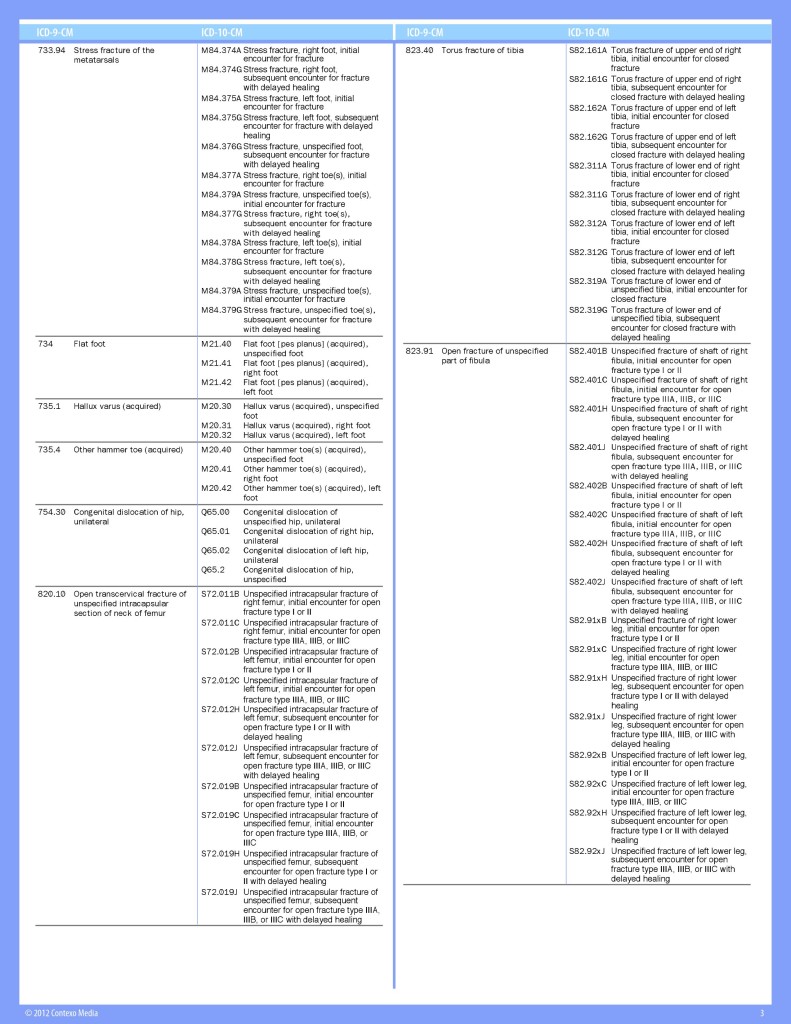
Moreover, reliable prediction of VTE incidence would enable a more shared decision making process between patients and surgeons as to managing one of the potential major risks of undergoing below knee surgery. 6 A more precise understanding of the risks and incidence of VTE following below knee surgery would enable surgeons to select anticoagulant treatment strategies based on evidence. While chemoprophylaxis may impact VTE rates, exposure to these prophylactic medications can itself have serious side effects, including adverse bleeding events or even death. Within the below knee surgical population, wide variation in the use of VTE chemoprophylaxis remains-due, in part, to a lack of consensus regarding risks and treatment benefits. 1-3 VTE is often caused by the immobilization or tissue injury that result from trauma or surgery, and can be a significant cause of morbidity and mortality following orthopaedic surgery.

Venous Thromboembolic Disease (VTE)-encompassing Deep Vein Thrombosis (DVT) and Pulmonary Embolism (PE)-occurs in 1 to persons per year in Western countries, and is the third most common cardiovascular disease after myocardial infarction and stroke. By comprehensively assessing the incidence of VTE after below knee surgery, we illustrated a potential source of inaccuracy in the use of retrospective ICD-9-CM based data capture methodologies. Using ICD-9-CM codes to search for a VTE demonstrated a low PPV, however, because only 60.8% could be verified by a radiological study.
ICD 9 TO ICD 10 LOOK UP TABLE ORTHOPEDICS CODE
This study found that ICD-9-CM code use had an 89.5% sensitivity rate for VTE. The resulting sensitivity scores were 95.1% (327/344) for DVT, 83.1% (108/130) for PE, 75.6% (59/78) for DVT/PE combined, and 89.5% (494/552) for VTE in total.ĬONCLUSION The overall rate of VTE after below knee surgery was 2.5%. Of those patients identified as having VTE, 344 (62.3%) had a DVT, 130 (23.6%) had a PE, and 78 (14.1%) were recorded as having both a DVT and PE. Positive predictive value (PPV) and sensitivity of ICD-9-CM codes were calculated. The medical records of 21,904 patients were evaluated to assess the validity of the VTE ICD-9-CM code against the documentation of DVT or PE in radiology reports. METHODS Current Procedural Terminology codes and ICD-9-CM codes were used to identify patients who had undergone below knee surgery and developed a reported VTE.

The purpose of this study was (1) to determine the incidence of VTE in a large cohort of patients who had undergone surgery below the knee, and (2) to assess the validity of the ICD-9-CM procedure codes used. BACKGROUND To determine the incidence of venous thromboembolism (VTE) after surgeries performed below the knee, previous studies have used the International Classification of Diseases, Ninth Revision, Clinical Modification (ICD-9-CM) procedure codes to identify a DVT (deep vein thrombosis) or PE (pulmonary embolism) event.


 0 kommentar(er)
0 kommentar(er)
